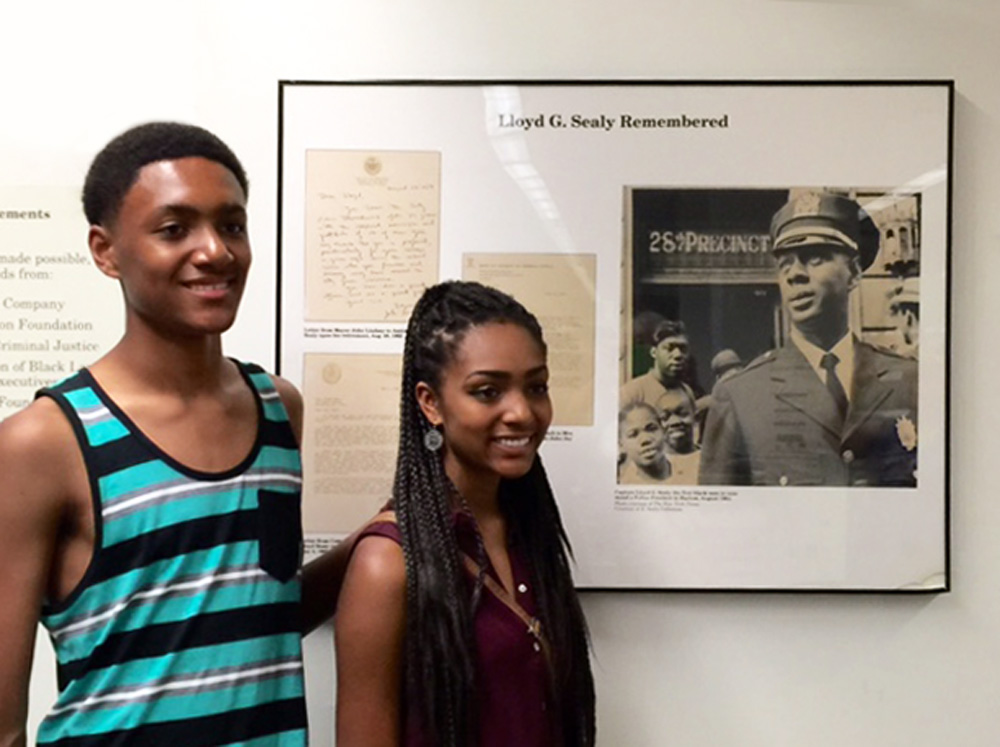The Library’s Special Collections collects Rare Books and Manuscript Collections on criminal justice, broadly defined. We are pleased to announce the following recent acquisitions.
Manuscript Collections recently acquired
The records of the Fortune Society
Approximately 65 boxes of records of the Fortune Society were donated to the Library over this past summer. We are processing the collection now and are happy to report a nearly full run of Fortune News as well as historical correspondence, reports, meeting minutes, publications, and photographs from many of the agency’s offices, programs, and events. Stay tuned for an event and exhibition celebrating the donation of these records. We are now working on processing and describing this collection.
Whitman Knapp files on The Commission to Investigate Alleged Police Corruption
This summer we were given three boxes of files collected by Whitman Knapp as director of the The Commission to Investigate Allegations of Police Corruption (1970-72) and the City’s Anti-Corruption Procedures, popularly known as the Knapp Commission. We are particularly gratified to find that this collection fills in gaps in our already extensive Knapp Commission Records Collection. We thank Mrs. Ann Knapp for donating these papers to us. A finding aid (PDF) to this collection is available.
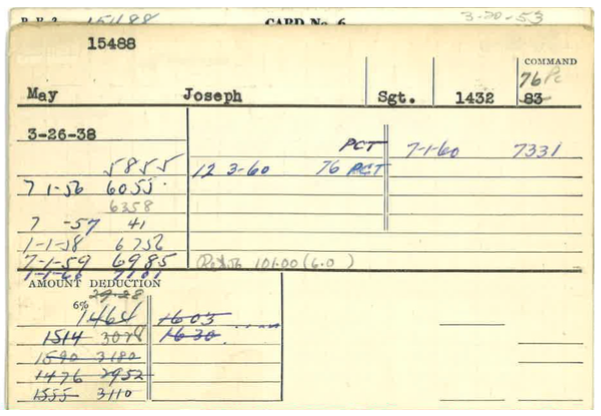
From the Broadsides Collection, Lloyd Sealy Library Special Collections.
NYPD – Service and pay cards
This fall we were contacted by the archivist of the New York Transit Museum, looking for a home for ten boxes of NYPD pay cards rescued from their previous location on Jay Street in Brooklyn. As you can see from the sample below, these are pretty mundane items recording pay, service, and retirement records of a sample of officers of presently unknown geographic and chronological scope. However, this collection has potentially great value to genealogy researchers with family members who served in the NYPD. We already have two families eagerly awaiting news about whether their relatives’ cards are in this collection. We will be processing this collection very soon.
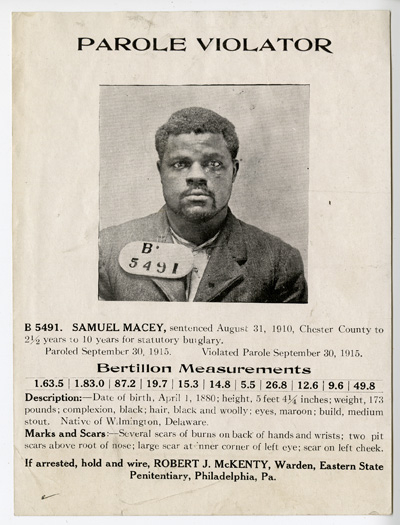
Parole Violator, B 5491. Samuel Macey. 1913. From the Broadsides Collection, Lloyd Sealy Library Special Collections.
Three parole violator handbills, Philadelphia
This fall we acquired a set of three early 20th century “Wanted Posters” distributed by the Eastern State Penitentiary, Philadelphia, PA. Printed on these 5 x 7 inch sheets of paper are the photographs, prisoner numbers, sentencing details, and physical descriptions (including Bertillon Measurements) of three black parolees named James F. Smith, Samuel Macey, and William H. Wells who all violated parole in 1915. In all three cases, the date of their parole violation is the same as the date of their parole.
A selection from our recently acquired Rare Books
The below selection of new rare books gives a good indication of the range of subjects in which we collect. The first two books are European law books still with their original vellum covers.
1700, Venice. Antonij Concioli, j.c. Cantianensis, Opera omnia. Venetijs: Apud Nicolaum Pezzana.
1705, Venice. De Angelis, Francesco Giuseppe, 1640-1692 Franc. Josephi de Angelis a Scamno Tractatus criminalis de delictis, in tres partes divisus: Cum novo indice titulorum & rerum notabilium. Venetiis: Apud P. Balleonium.
1822, Paris. Guizot, François. De la peine de mort en matière politique. Paris: Béchet aîné ; Rouen : Béchet.
1838, Paris. Brétignères de Courteilles. Les condamnés et les prisons: ou, réforme morale, criminelle et penitentiaire. Paris: Perrotin, Tessier.
1835, New York. Barnard, George G. A full report of the highly interesting breach of promise case: George G. Barnard vs. John J. Gaul and Mary H., his wife, tried before Ogden Edwards, Esquire, one of the circuit judges of the Supreme Court, at the City Hall of New York on the 8th, 9th and 10th days of July, 1835 : containing the whole of the correspondence between the plaintiff and Mrs. Gaul, together with the charge of the judge, and the eloquent speeches of the counsel on both sides. New York: Office of the New-York transcript.
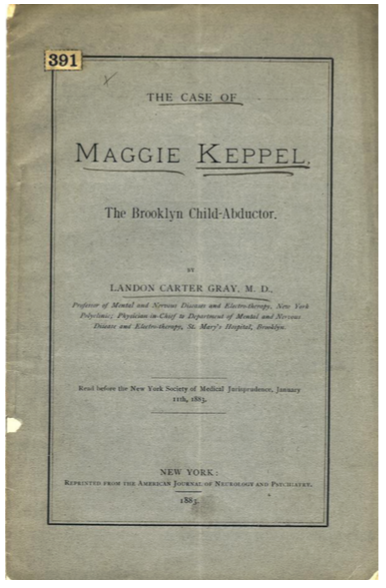 1873, London. Guy. 1773: John Howard, Sheriff of Bedford. London: Henry Renshaw.
1873, London. Guy. 1773: John Howard, Sheriff of Bedford. London: Henry Renshaw.
1865, London. Saunders, Thomas William. The Prison Act 1865 (28 & 29 Vict. c. 126): Together with an analysis of the Act and the other statutes and sections of statutes relating to prisons still in force. London: H. Cox.
1883, New York. Gray, Landon Carter, M. D. The case of Maggie Keppel, the Brooklyn child-abductor. New York: Reprinted from the American Journal of Neurology and Psychiatry, 1883. [Image on the right scanned from Lloyd Sealy Library's copy.]
 1924, New York. Hardie, James. The history of the tread-mill: containing an account of its origin, construction, operation, effects as it respects the health and morals of the convicts, with their treatment and diet; also, a general view of the penitentiary system, with alterations necessary to be introduced into our criminal code, for its improvement. New York: Printed by S. Marks. [Image on the right: Frontispiece detail from copy owned by U.S. National Library of Medicine.]
1924, New York. Hardie, James. The history of the tread-mill: containing an account of its origin, construction, operation, effects as it respects the health and morals of the convicts, with their treatment and diet; also, a general view of the penitentiary system, with alterations necessary to be introduced into our criminal code, for its improvement. New York: Printed by S. Marks. [Image on the right: Frontispiece detail from copy owned by U.S. National Library of Medicine.]
1934, London. Great Britain. Commission of Inquiry into the Administration of Justice in Kenya, Uganda and the Tanganyika Territory in Criminal Matters. Report of the Commission of inquiry into the administration of Justice in Kenya, Uganda and the Tanganyika Territory in criminal matters, May, 1933 and Correspondence arising out of the report ... London: H.M. Stationery Office.
1953, Turin. Kefauver, Estes. Il gangsterismo in America. Torino: G. Einaudi editore.
1989, New York. New York Lawyers Against the Death Penalty. Memorandum in opposition to S.600/A.1070. New York, New York: New York Lawyers Against the Death Penalty.
To make an appointment to see these or any of our special collections, please contact Ellen Belcher, Special Collections Librarian.
Ellen Belcher
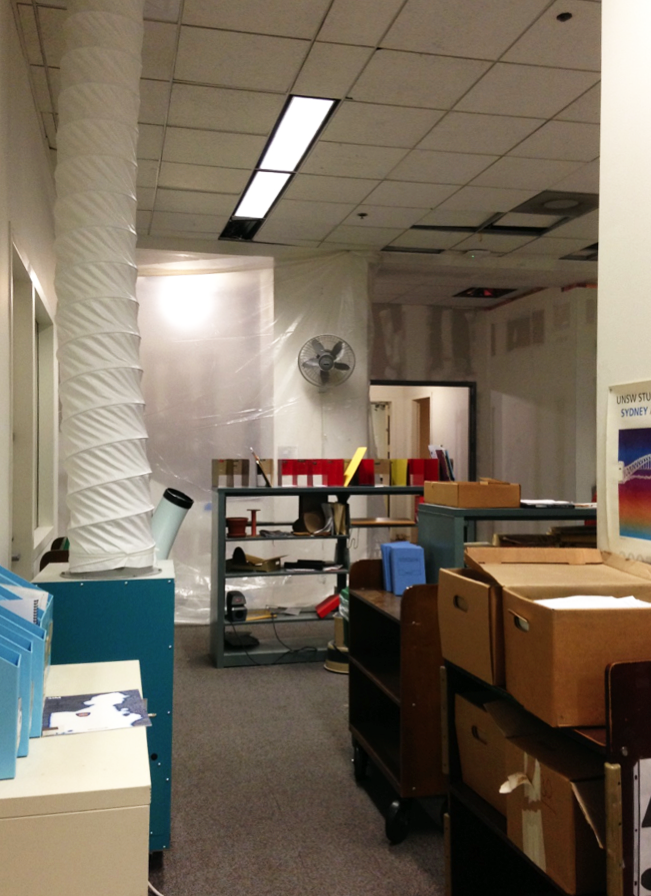
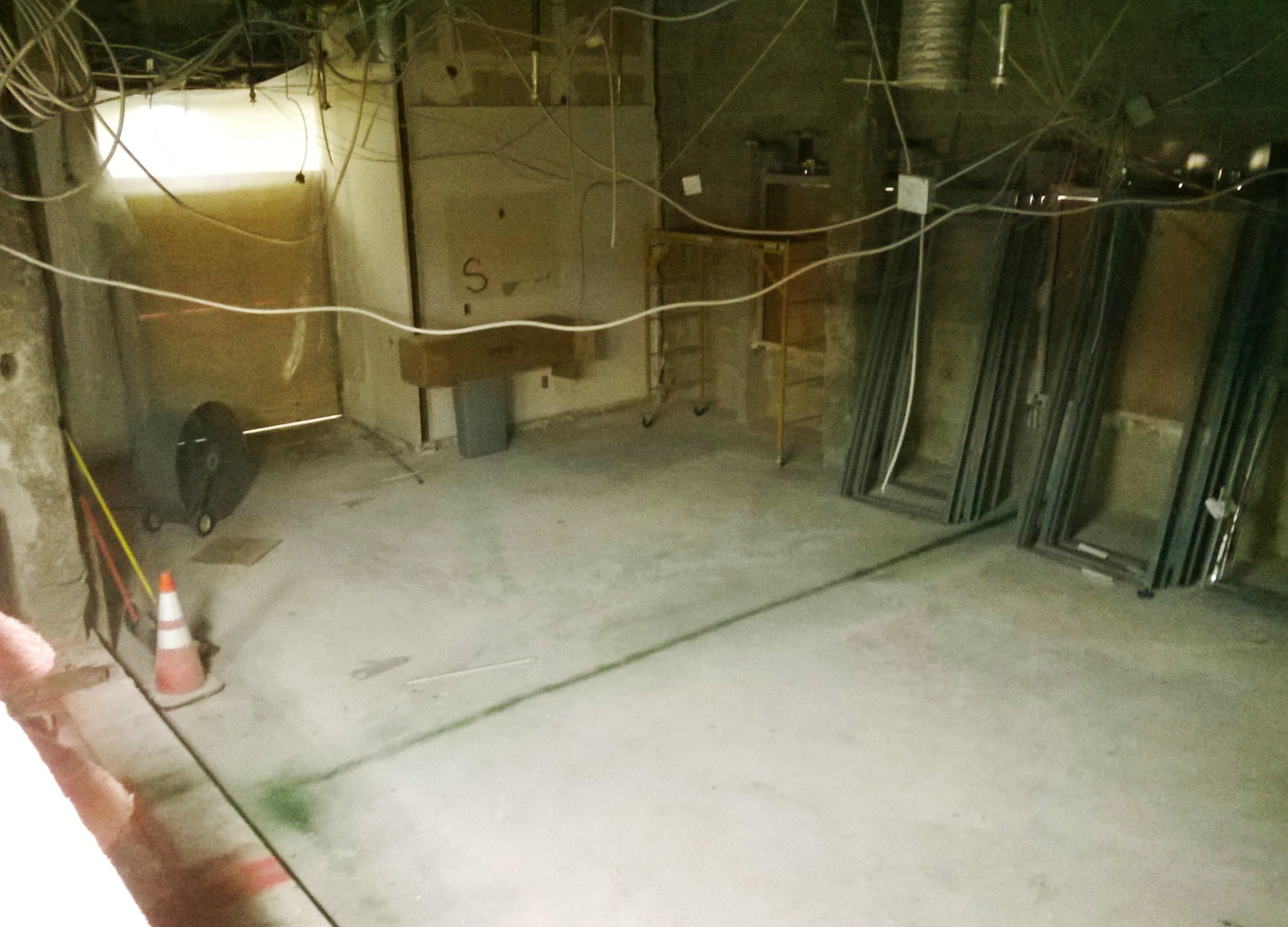

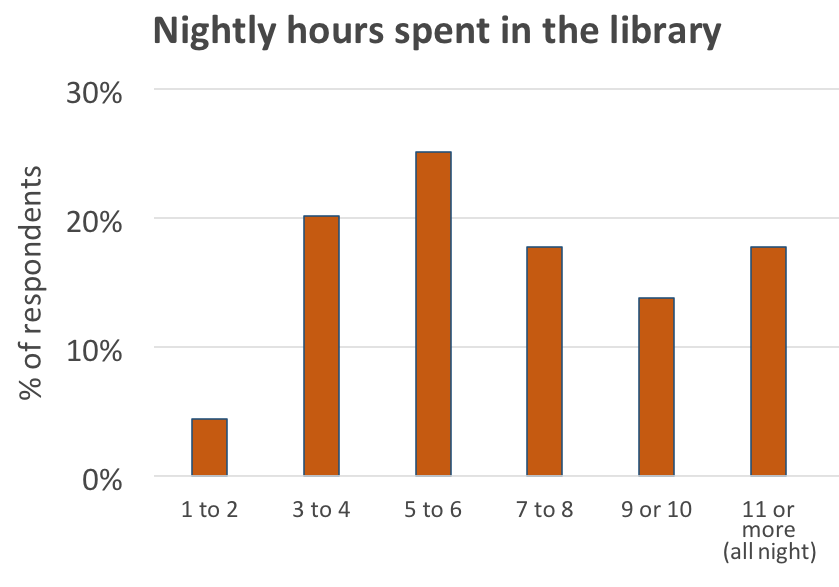
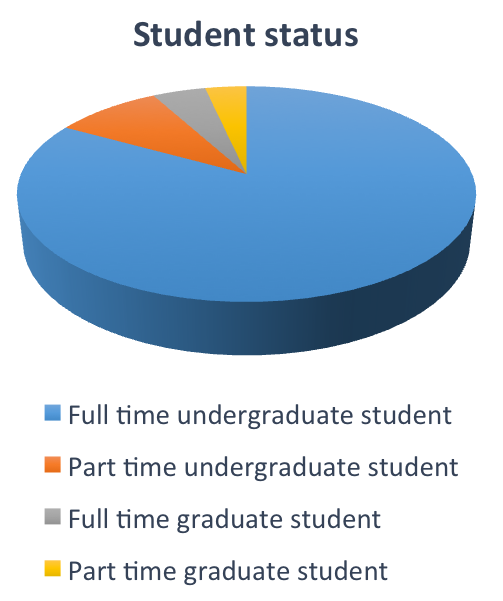
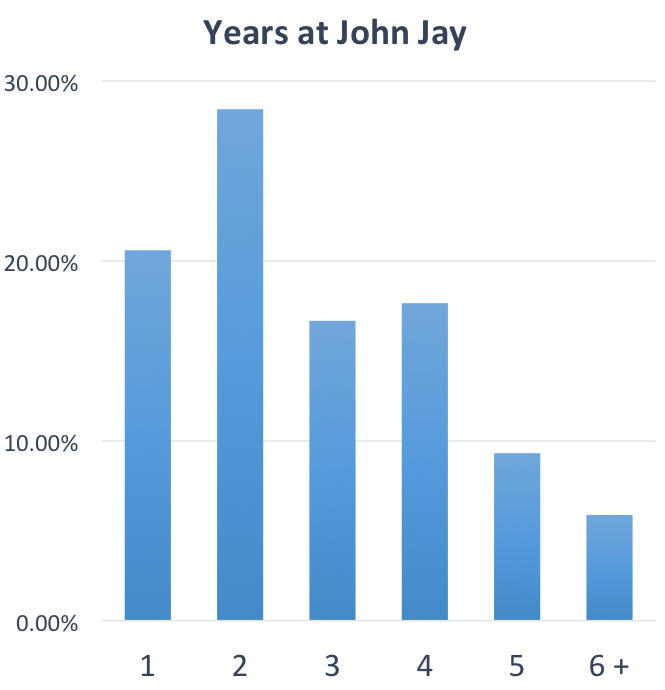
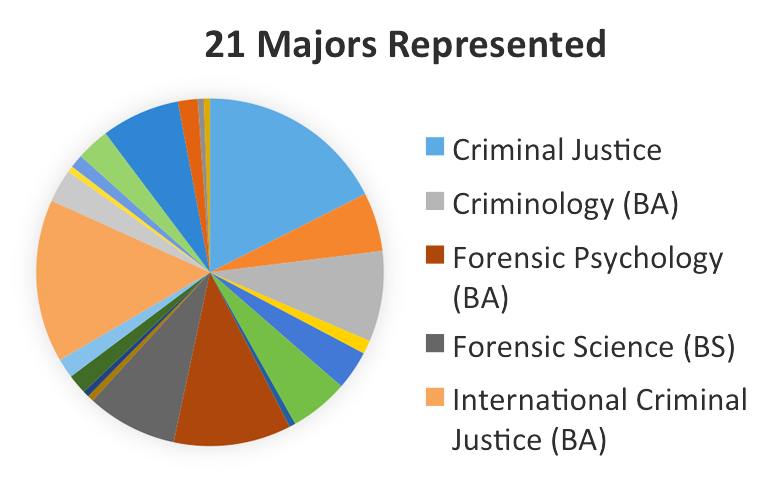
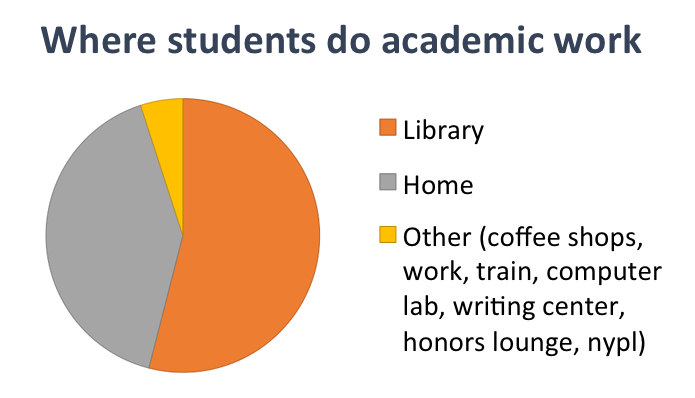
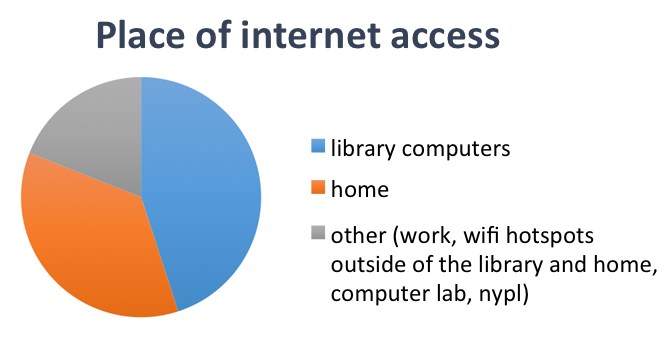
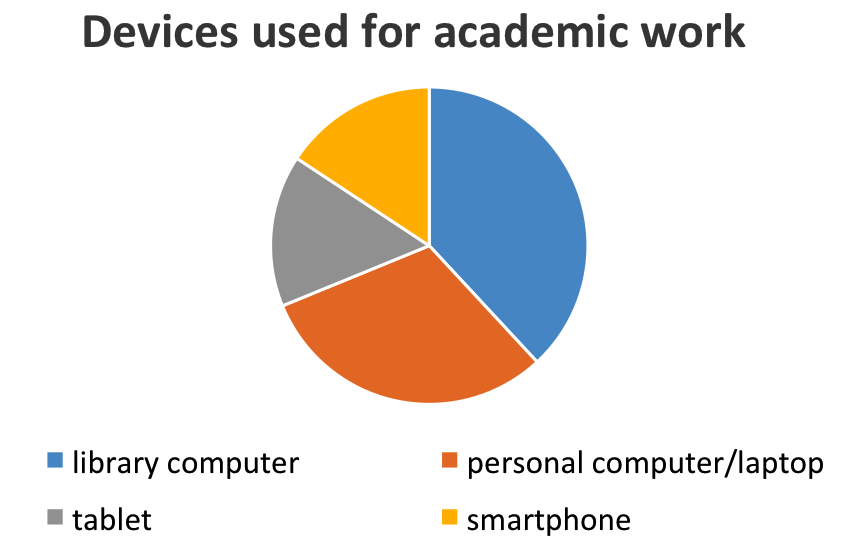
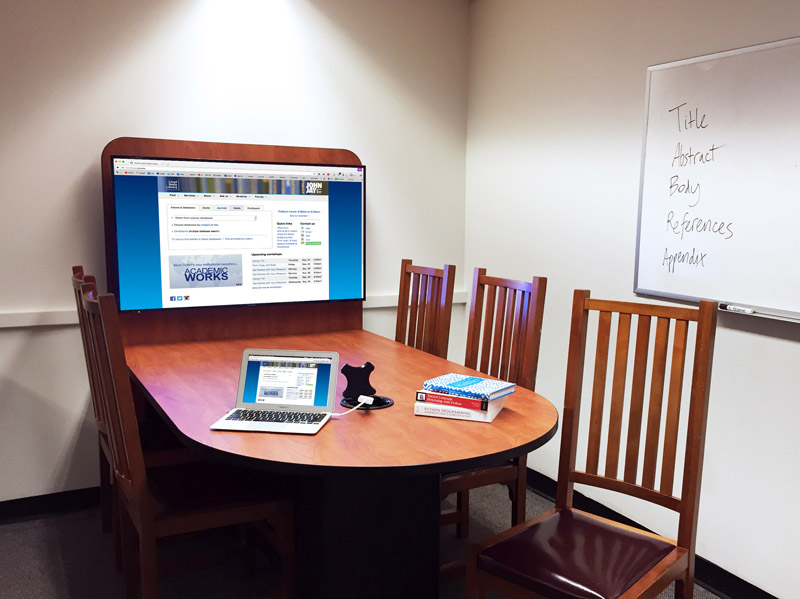 Over the past summer, using funds approved by the Student Technology Fee Committee, the Library converted the two
Over the past summer, using funds approved by the Student Technology Fee Committee, the Library converted the two 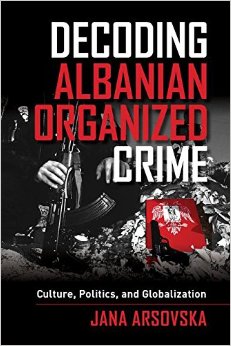 Arsovska, J. (2015).
Arsovska, J. (2015). 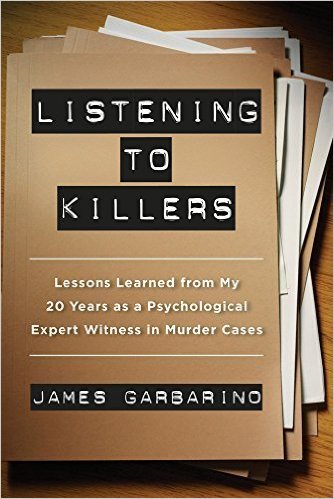 Garbarino, J. (2015).
Garbarino, J. (2015). 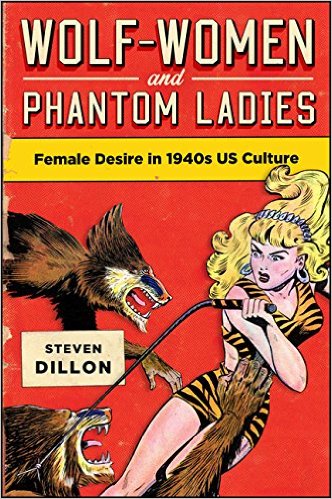 Dillon, S. (2015).
Dillon, S. (2015). 

 1873, London. Guy. 1773: John Howard, Sheriff of Bedford. London: Henry Renshaw.
1873, London. Guy. 1773: John Howard, Sheriff of Bedford. London: Henry Renshaw.
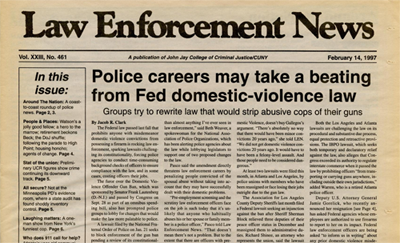 In October, METRO Library Council
In October, METRO Library Council 